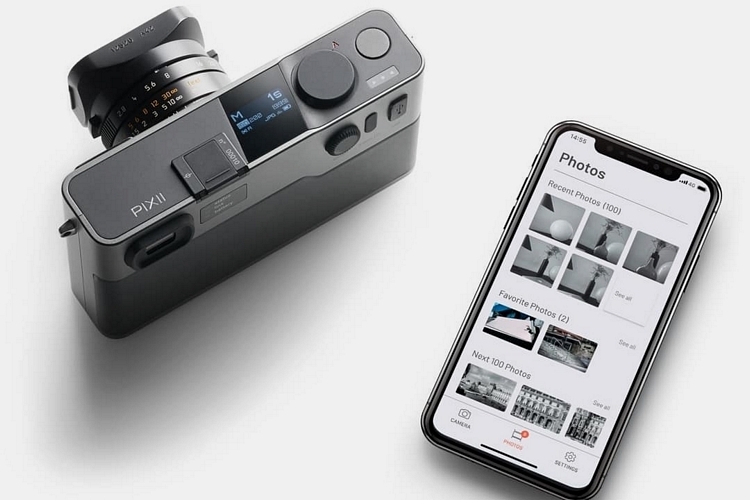
Most modern cameras rely on electronic systems to automate many elements of photography, making it easy even for novices to get reasonably good-looking shots. Problem is, computing hardware and onboard displays can take up a good chunk of space in the camera body, which is why DSLR cameras are so big. The Pixii goes a different route.
Like many DSLRs and mirrorless cameras, it comes with an APS-C sensor, so this can take high-quality photos on par with the kind of equipment many professionals use. Unlike them, it ditches the onboard computer and display, allowing them to fit everything in a compact body more reminiscent of point-and-shoots than the larger cameras out there.

The Pixii is a digital camera that can transmit whatever is in its frame to a companion app, allowing it to offload all digital processing to your pocket computer. No, you won’t be using your smartphone to see what’s in the frame in real time (it doesn’t appear to have a monitor function), but everything you snap with the camera can immediately be accessed on your phone. That means, any image editing and photo management task can be done through the app, allowing you to put the camera away as soon as you’re done taking shots. To put it simply, if you rely on the LCD display to frame your shots instead of the viewfinder, you’ll need to change your habits in order to use this thing.

With this design choice, the Pixii is singularly focused on providing the best optics. And in this case, it should deliver, with its 11.1 megapixel APS-C sensor boasting 5.5µm pixel pitch, 12-bit sampling, high dynamic range mode (60-90dB), and native gain ISO320. It’s compatible with Leica M-mount lenses, as well as M39/LTM lenses with the use of an adapter. This is a rangefinder camera, by the way, so it provides a very hands-on photography experience that more serious enthusiasts might appreciate, requiring you to frame the shots through an optical rangefinder and make adjustments through the manual focus system. The rangefinder has an accuracy of around 2.5mm at a one meter distance, a 53.6 degree field of view, and a measuring range of 0.7m to infinity.

The Pixii ditches the need for memory cards by coming with an onboard SSD up to 32GB, where it stores all of the shots you take. Like we said, you can manage the contents of the onboard storage from the companion app, which can handle both JPEGs and RAW files alike, so you can perform a good amount of post-processing on the go. It comes with both Bluetooth 5 and Wi-Fi for communicating with your mobile device of choice. Other details include a small control display on top, a two-stage shutter button, a dual-block machined aluminum body, an ISO accessory shoe, a 1,000mAh battery (no rating on how many shots it can take between charges, though), and compact dimensions measuring just 5.4 x 3.1 x 1.3 inches (width x height x depth).
The Pixii is available now, priced starting at $3290.
